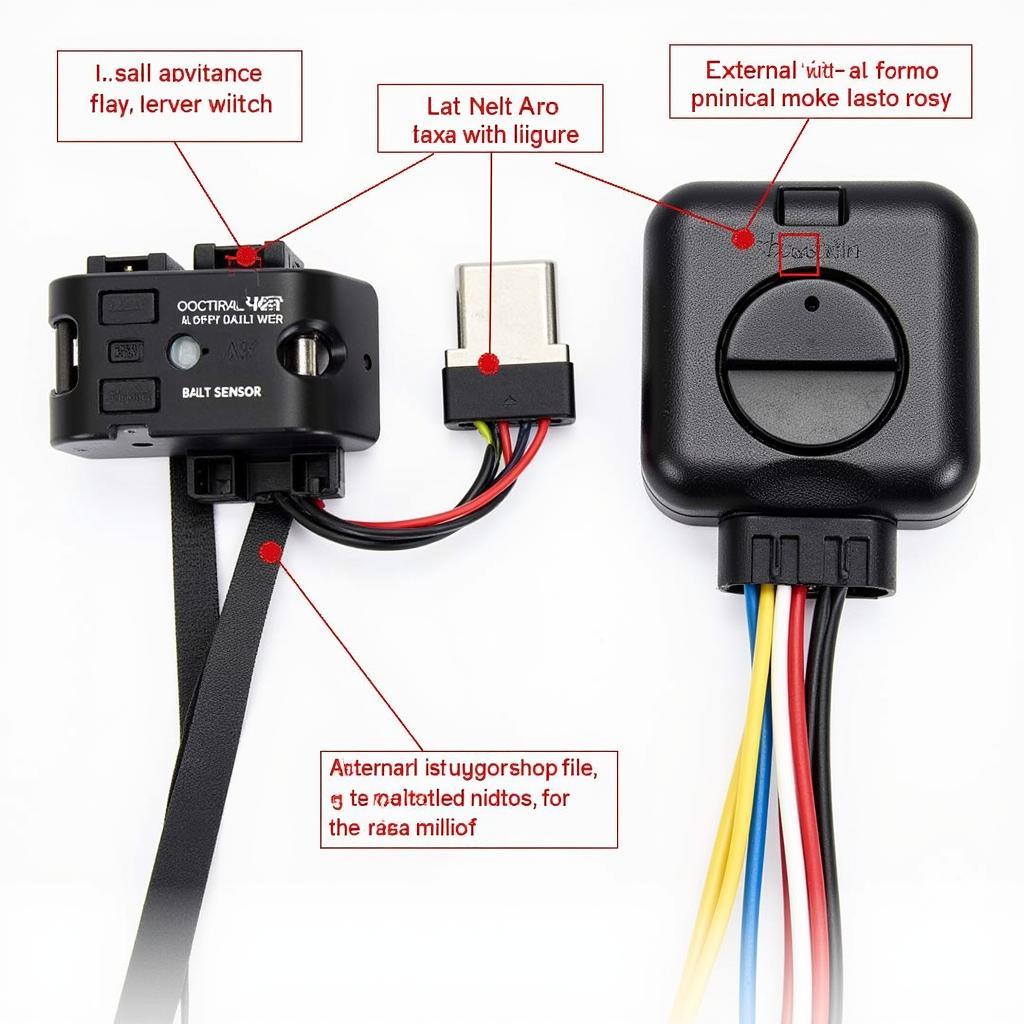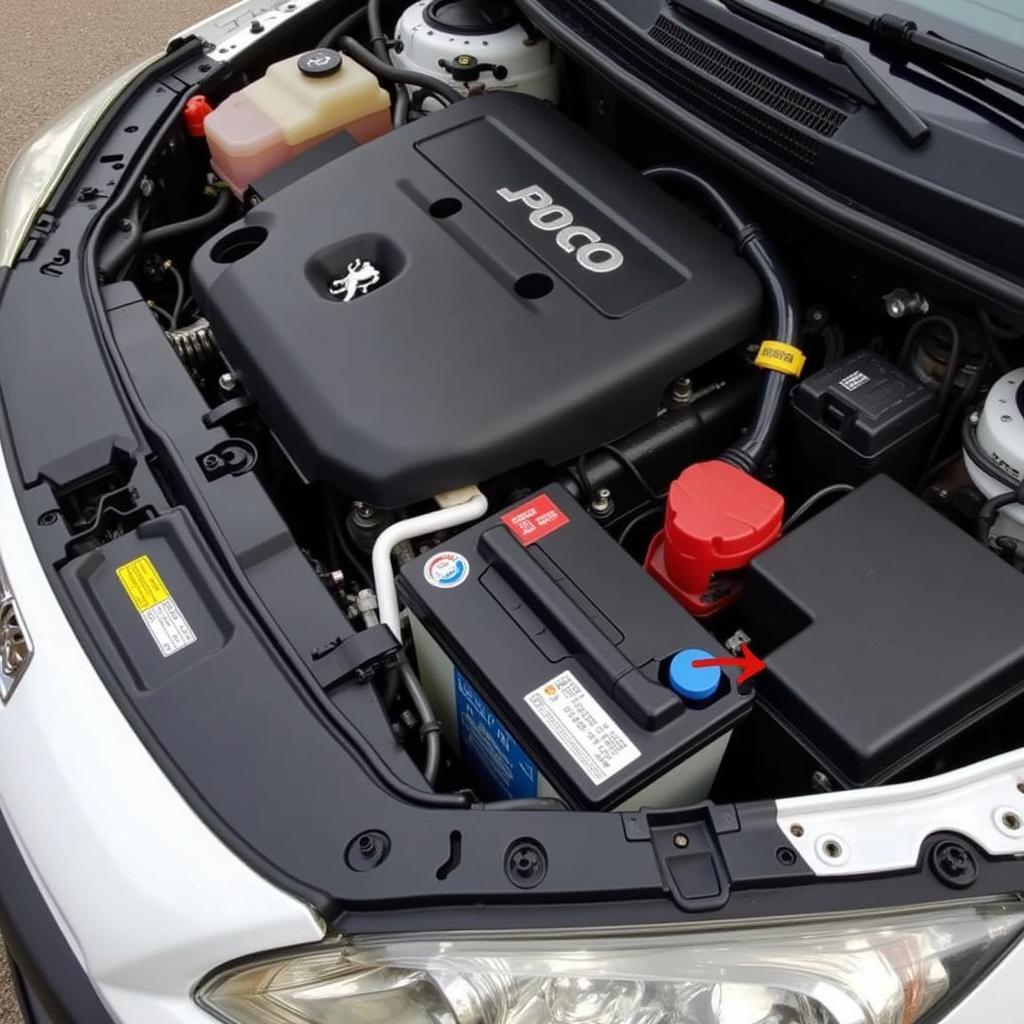Seeing a glowing brake warning light on your Dodge Challenger’s dashboard can be unnerving. It’s a clear signal that something’s not right with your braking system, demanding immediate attention. While it might trigger panic, understanding the potential causes and solutions can empower you to address the issue effectively.
This comprehensive guide dives deep into the common culprits behind the Dodge Challenger brake warning light, empowering you with the knowledge to diagnose and potentially resolve the problem.
Understanding Your Challenger’s Brake Warning System
Before delving into specifics, it’s crucial to grasp how your Challenger’s brake warning system operates. The system serves as a vigilant guardian, alerting you to potential issues through various sensors and indicators. Here’s what commonly triggers that red light on your dashboard:
- Low Brake Fluid Level: Your Challenger’s braking system relies on hydraulic pressure to function correctly. When the brake fluid level drops significantly, often due to a leak, it compromises the system’s effectiveness, triggering the warning light.
- Worn Brake Pads: Brake pads are your first line of defense against wear and tear. Over time, friction from braking gradually wears them down. When they reach a critically thin point, a sensor embedded within the pad triggers the warning light, indicating the need for replacement.
- Faulty ABS System: Modern Dodge Challengers come equipped with Anti-lock Braking Systems (ABS) designed to prevent wheel lockup during hard braking. When the ABS system encounters an issue, such as a malfunctioning sensor or control module, it illuminates the brake warning light.
- Parking Brake Engaged: Sometimes, the simplest solution is the right one. If your parking brake is even slightly engaged, it can trigger the warning light. Before diving into complex diagnostics, ensure the parking brake is fully disengaged.
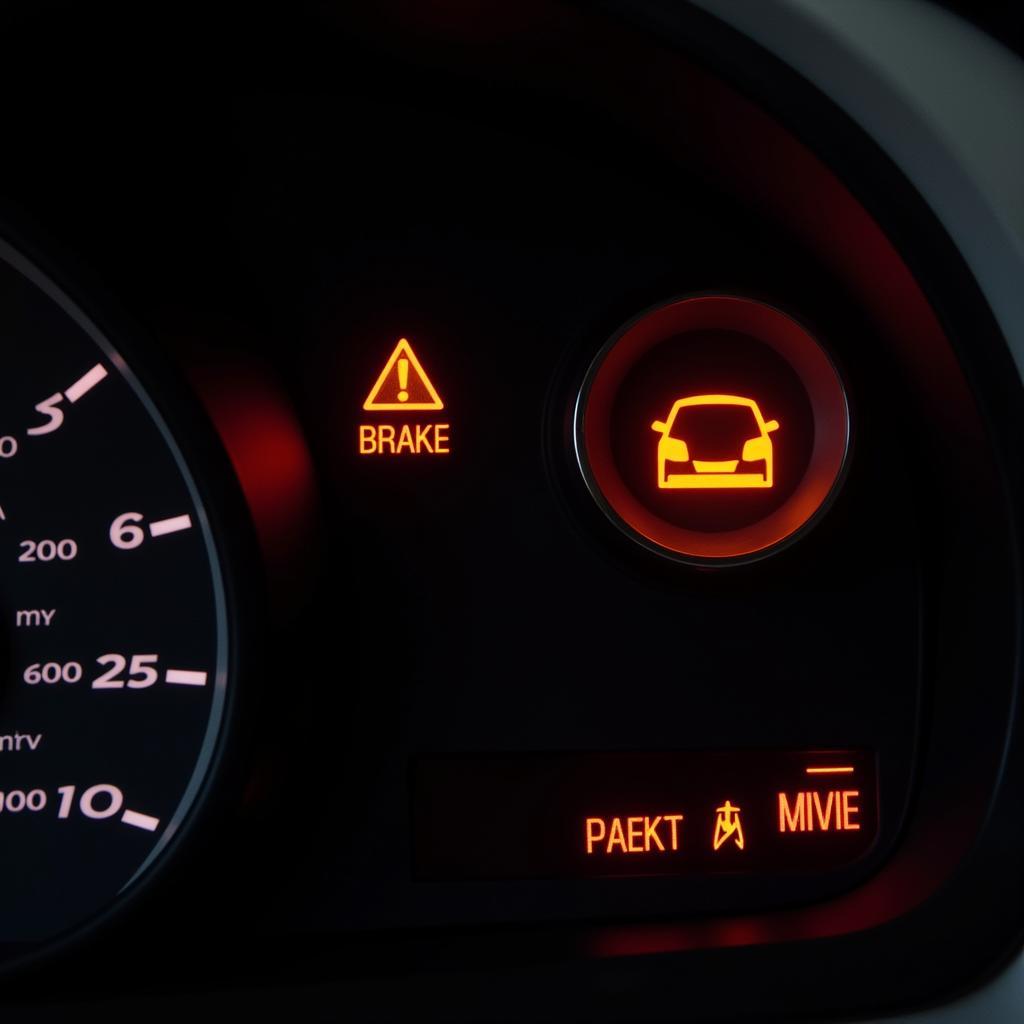 Dodge Challenger Dashboard Warning Lights
Dodge Challenger Dashboard Warning Lights
Diagnosing the Problem: A Step-by-Step Guide
While the thought of diagnosing a car issue might seem daunting, a systematic approach can simplify the process:
- Check Your Parking Brake: As mentioned earlier, begin with the basics. Ensure your parking brake is fully disengaged.
- Inspect Brake Fluid Level: Locate your Challenger’s brake fluid reservoir, usually situated near the firewall on the driver’s side. Check the fluid level – if it’s below the minimum mark, there’s a high probability of a leak.
- Visually Examine Your Brake Pads: If possible, take a look at your brake pads through the spaces between the wheel spokes. If you notice the pads are significantly thin, nearing the metal backing plate, they likely need replacement.
- Listen for Unusual Noises: When applying the brakes, pay attention to any unusual sounds. Grinding, squealing, or clicking can indicate worn brake pads or other issues within the braking system.
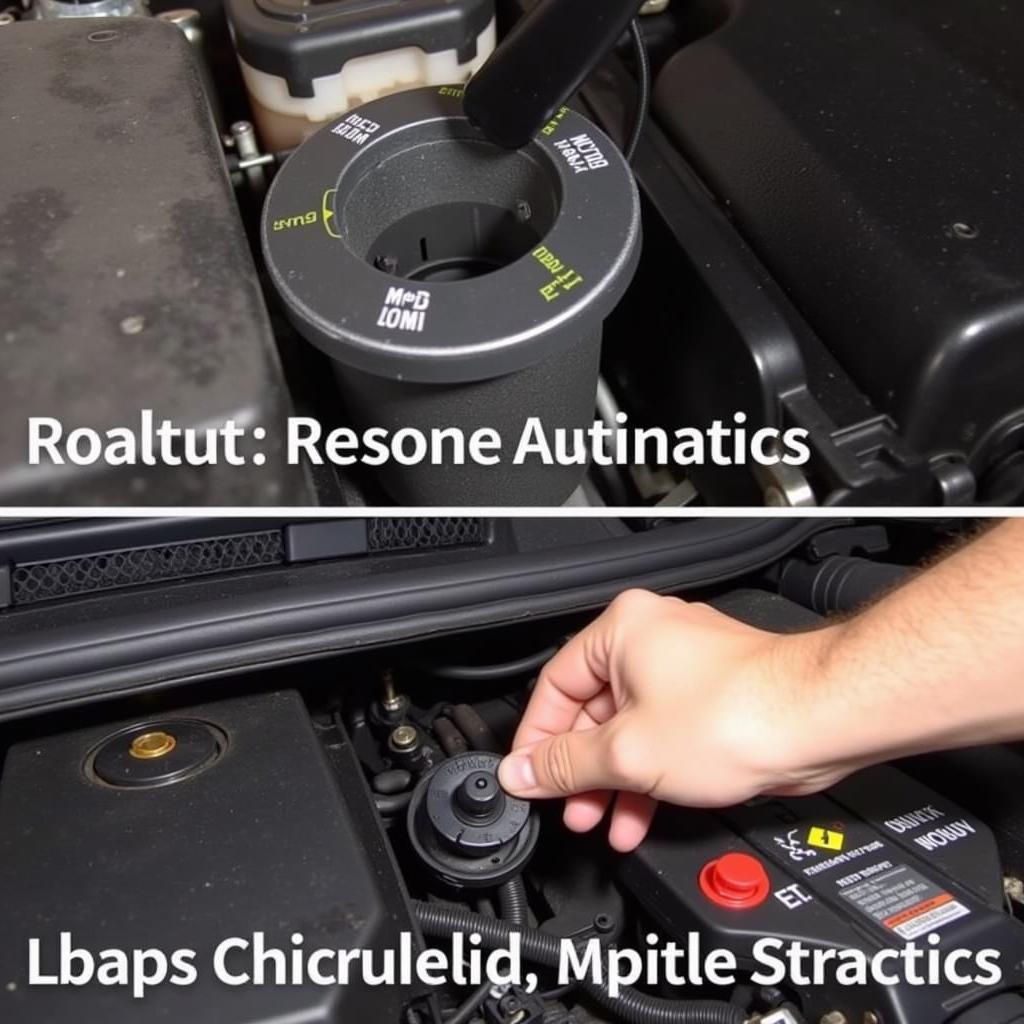 Checking Brake Fluid Level in Dodge Challenger
Checking Brake Fluid Level in Dodge Challenger
Seeking Professional Help: When DIY Isn’t Enough
If your preliminary checks don’t pinpoint the cause of the problem, or if you’re uncomfortable tackling car repairs yourself, it’s crucial to seek professional assistance.
Modern vehicles like the Dodge Challenger have sophisticated braking systems best left to trained technicians. Attempting complex repairs without the proper knowledge and tools can exacerbate the issue and even compromise your safety.
Preventative Measures: Keeping Your Brakes in Top Shape
Preventing brake problems in the first place is always preferable to dealing with them after the fact. Here are some proactive steps to keep your Challenger’s brakes in optimal condition:
- Regular Brake Inspections: Incorporate a thorough brake inspection into your routine maintenance schedule. A mechanic can identify potential issues early on, preventing costly repairs down the line.
- Timely Brake Fluid Flush: Over time, brake fluid can absorb moisture, reducing its effectiveness. Adhering to your Challenger’s recommended brake fluid flush intervals ensures optimal braking performance.
- Mindful Driving Habits: Aggressive driving habits, like hard braking and rapid acceleration, put excessive strain on your brakes, leading to premature wear and tear. Practicing smooth and anticipatory driving can significantly extend the lifespan of your brake components.
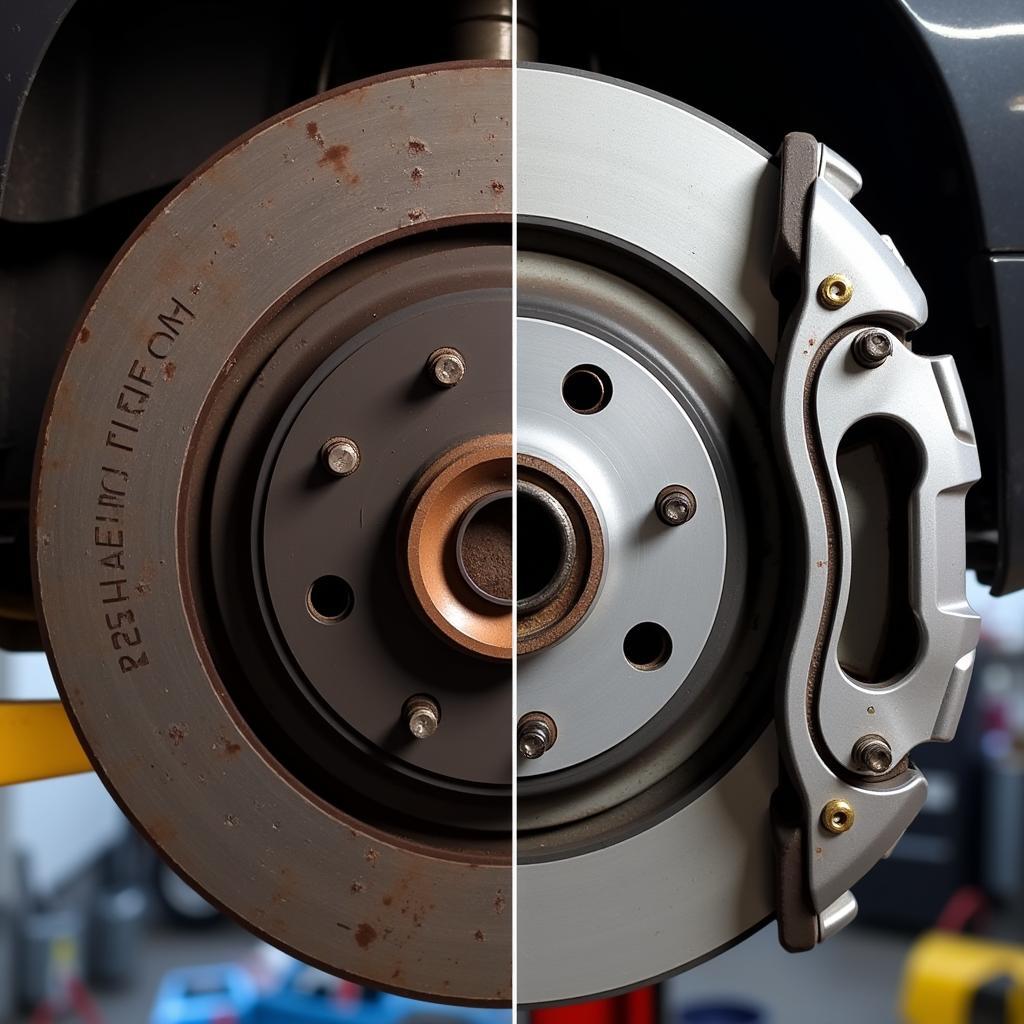 Replacing Brake Pads on Dodge Challenger
Replacing Brake Pads on Dodge Challenger
Conclusion
The brake warning light in your Dodge Challenger is not a signal to ignore. Understanding its potential causes and undertaking timely diagnostics can save you from potentially dangerous situations and costly repairs. Remember, when in doubt, seeking professional help is always the safest and most responsible course of action. Keeping your Challenger’s braking system in peak condition is paramount to ensuring a safe and enjoyable driving experience.
FAQs: Dodge Challenger Brake Warning Light
Q1: Can I still drive my Challenger with the brake warning light on?
It’s strongly advised against driving with an illuminated brake warning light. Doing so could lead to brake failure, jeopardizing your safety and that of others on the road.
Q2: How often should I replace my Challenger’s brake pads?
Brake pad lifespan varies depending on driving style and conditions. However, it’s generally recommended to have them inspected every 12,000 miles and replaced as needed.
Q3: Is it safe to add brake fluid myself?
If you’re comfortable with basic car maintenance, adding brake fluid can be done. However, ensure you use the correct type of brake fluid specified in your Challenger’s owner’s manual.
Q4: What should I do if my brake pedal feels spongy?
A spongy brake pedal often indicates air in the brake lines. This requires immediate attention – have your braking system inspected by a qualified mechanic.
Q5: How much does it cost to fix a Dodge Challenger brake warning light issue?
The cost varies greatly depending on the underlying cause. Simple fixes like brake pad replacements are less expensive than complex repairs involving the ABS system.


